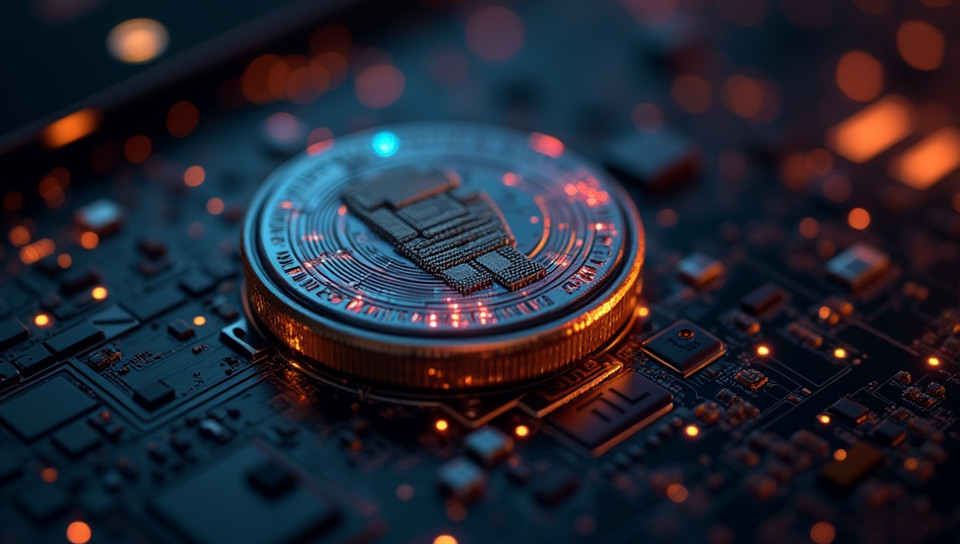Each NFT has a distinct digital signature 81%
Truth rate:

Pros: 7
Cons: 3
Refs: 0
Info:
- Created by: Maël François
- Created at: Sept. 24, 2024, 10:13 p.m.
- ID: 10704
Related: